Talma Hendler
LLM Questionnaire Completion for Automatic Psychiatric Assessment
Jun 09, 2024Abstract:We employ a Large Language Model (LLM) to convert unstructured psychological interviews into structured questionnaires spanning various psychiatric and personality domains. The LLM is prompted to answer these questionnaires by impersonating the interviewee. The obtained answers are coded as features, which are used to predict standardized psychiatric measures of depression (PHQ-8) and PTSD (PCL-C), using a Random Forest regressor. Our approach is shown to enhance diagnostic accuracy compared to multiple baselines. It thus establishes a novel framework for interpreting unstructured psychological interviews, bridging the gap between narrative-driven and data-driven approaches for mental health assessment.
fMRI Neurofeedback Learning Patterns are Predictive of Personal and Clinical Traits
Dec 21, 2021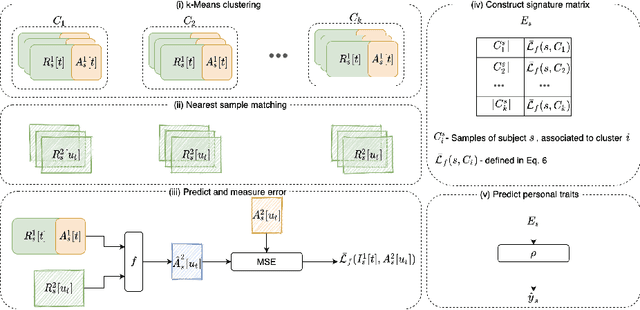



Abstract:We obtain a personal signature of a person's learning progress in a self-neuromodulation task, guided by functional MRI (fMRI). The signature is based on predicting the activity of the Amygdala in a second neurofeedback session, given a similar fMRI-derived brain state in the first session. The prediction is made by a deep neural network, which is trained on the entire training cohort of patients. This signal, which is indicative of a person's progress in performing the task of Amygdala modulation, is aggregated across multiple prototypical brain states and then classified by a linear classifier to various personal and clinical indications. The predictive power of the obtained signature is stronger than previous approaches for obtaining a personal signature from fMRI neurofeedback and provides an indication that a person's learning pattern may be used as a diagnostic tool. Our code has been made available, and data would be shared, subject to ethical approvals.
Pre-training and Fine-tuning Transformers for fMRI Prediction Tasks
Dec 10, 2021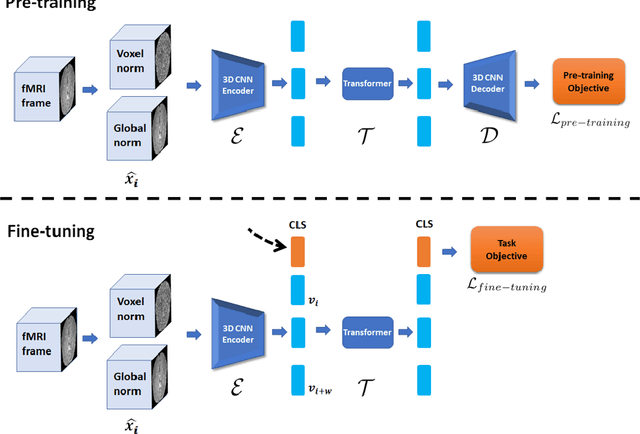

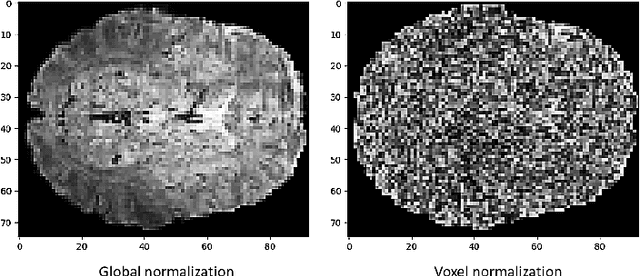
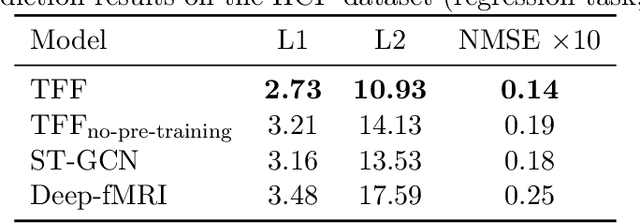
Abstract:We present the TFF Transformer framework for the analysis of functional Magnetic Resonance Imaging (fMRI) data. TFF employs a transformer-based architecture and a two-phase training approach. First, self-supervised training is applied to a collection of fMRI scans, where the model is trained for the reconstruction of 3D volume data. Second, the pre-trained model is fine-tuned on specific tasks, utilizing ground truth labels. Our results show state-of-the-art performance on a variety of fMRI tasks, including age and gender prediction, as well as schizophrenia recognition.
Learning Personal Representations from fMRIby Predicting Neurofeedback Performance
Dec 06, 2021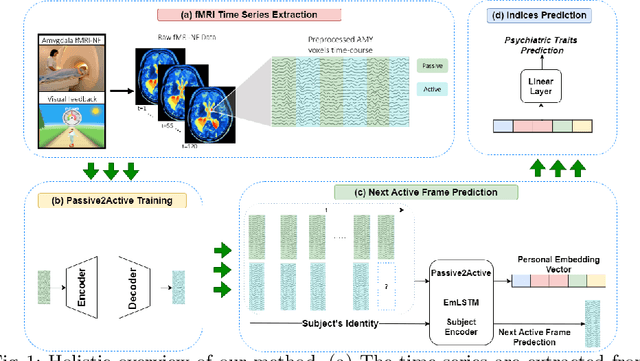
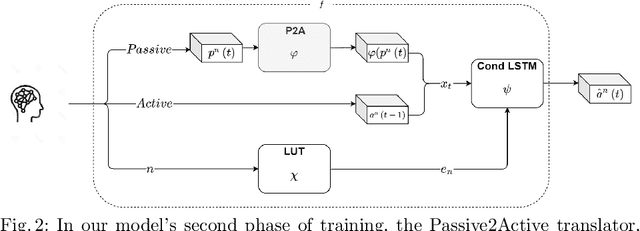
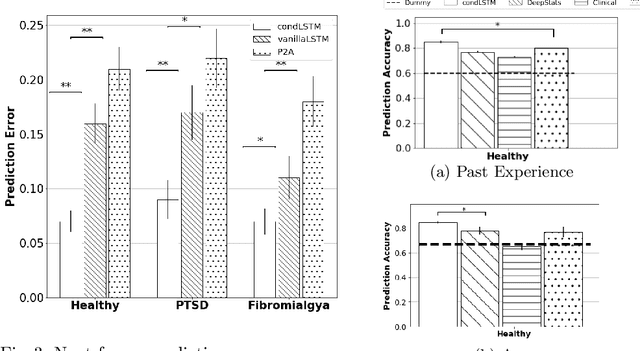
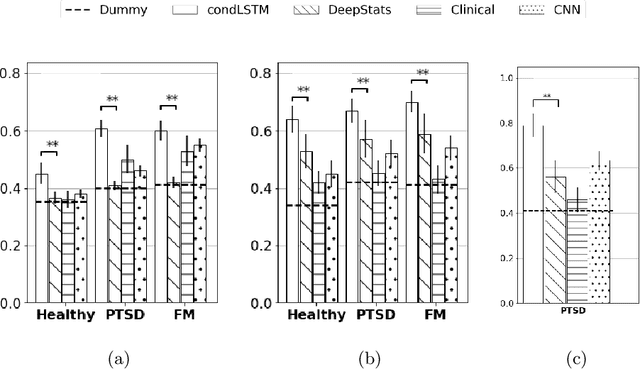
Abstract:We present a deep neural network method for learning a personal representation for individuals that are performing a self neuromodulation task, guided by functional MRI (fMRI). This neurofeedback task (watch vs. regulate) provides the subjects with a continuous feedback contingent on down regulation of their Amygdala signal and the learning algorithm focuses on this region's time-course of activity. The representation is learned by a self-supervised recurrent neural network, that predicts the Amygdala activity in the next fMRI frame given recent fMRI frames and is conditioned on the learned individual representation. It is shown that the individuals' representation improves the next-frame prediction considerably. Moreover, this personal representation, learned solely from fMRI images, yields good performance in linear prediction of psychiatric traits, which is better than performing such a prediction based on clinical data and personality tests. Our code is attached as supplementary and the data would be shared subject to ethical approvals.
Deep driven fMRI decoding of visual categories
Jan 09, 2017



Abstract:Deep neural networks have been developed drawing inspiration from the brain visual pathway, implementing an end-to-end approach: from image data to video object classes. However building an fMRI decoder with the typical structure of Convolutional Neural Network (CNN), i.e. learning multiple level of representations, seems impractical due to lack of brain data. As a possible solution, this work presents the first hybrid fMRI and deep features decoding approach: collected fMRI and deep learnt representations of video object classes are linked together by means of Kernel Canonical Correlation Analysis. In decoding, this allows exploiting the discriminatory power of CNN by relating the fMRI representation to the last layer of CNN (fc7). We show the effectiveness of embedding fMRI data onto a subspace related to deep features in distinguishing semantic visual categories based solely on brain imaging data.
 Add to Chrome
Add to Chrome Add to Firefox
Add to Firefox Add to Edge
Add to Edge